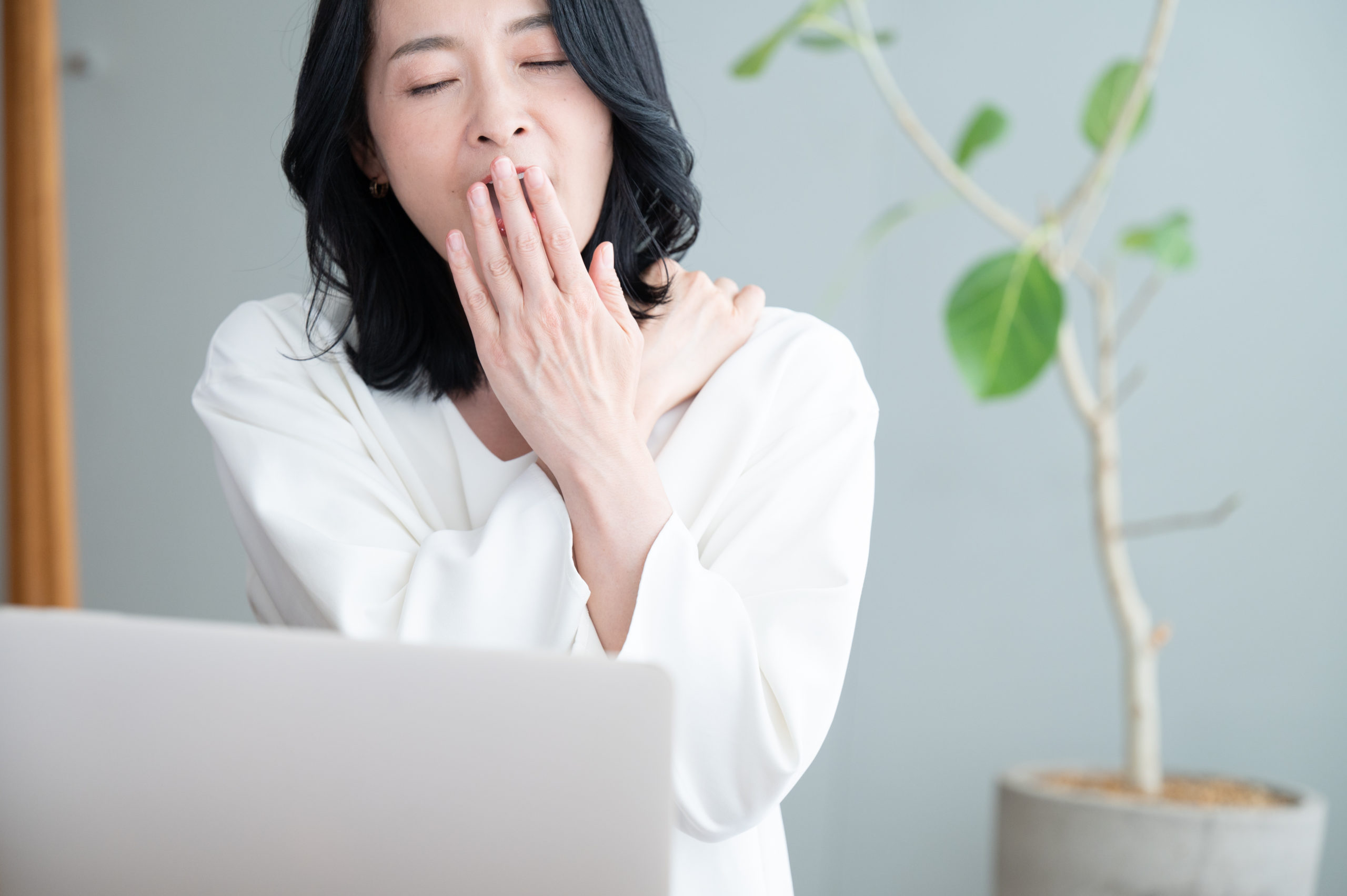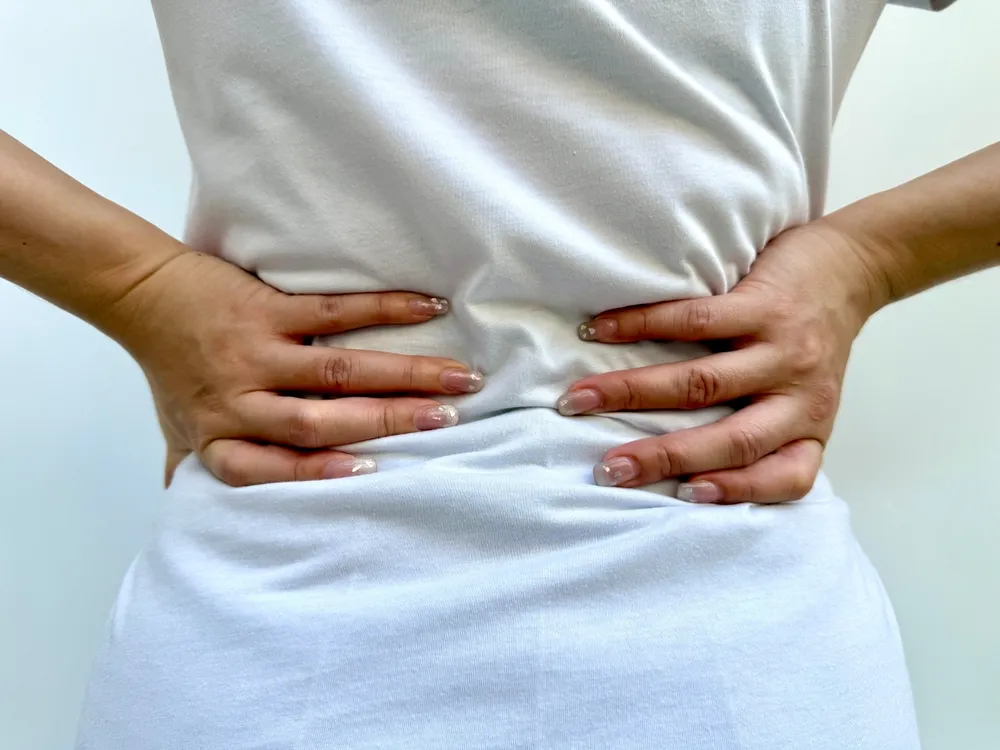Have you ever felt tired and fatigued after getting a massage? It can be confusing on why a massage can leave you feeling worse when it’s supposed to be good for you. In this article, we’ll explain why you experience fatigue after massage and why you should feel at ease about it.
What Happens During A Massage
When you receive a massage, your massage therapist will use a variety of techniques to push and pull your muscles. The pressure put onto your muscles and joints will stimulate them by stretching and contracting them. In effect, this will simulate your muscles doing actual work.
Post massage, your body and muscles will feel more flexible from the stretching they go through, with a better range of motion. Muscle strains are also worked on and relieved, with extra help from the blood forced into it. By soothing strained muscle fibres and allowing extra blood to flow through, injuries will heal faster.
Fatigue And The Recovery Process
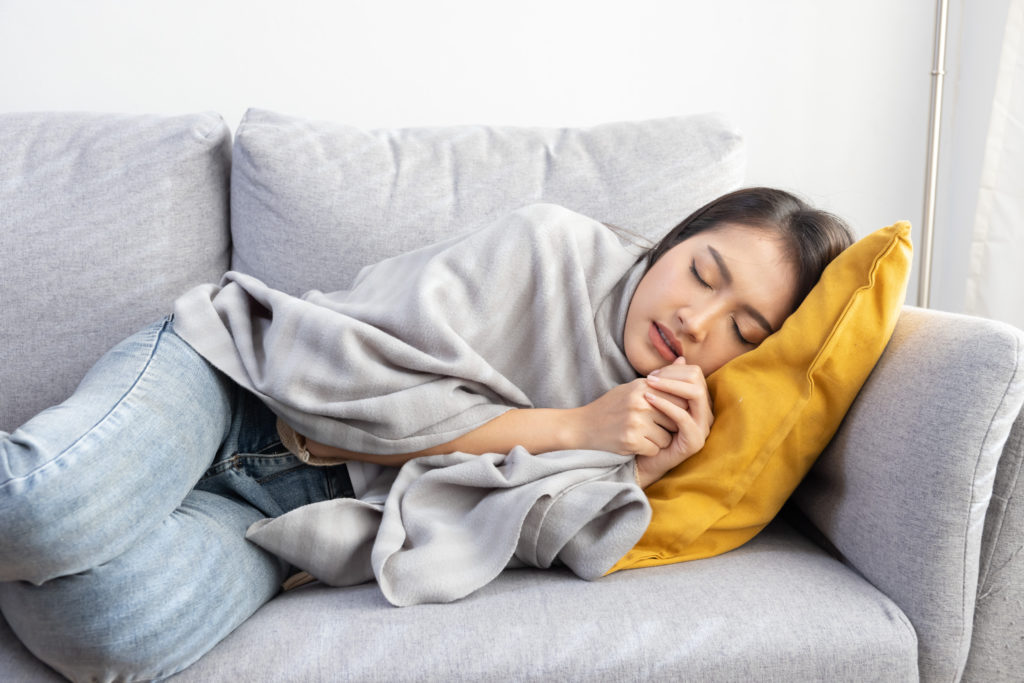
Feeling fatigued and tired is normal after a massage
Post massage, your body goes through a recovery process. Effects felt during your message will carry over, such as the increased circulation in your body and soothing of pain. The extra circulation will help transport waste products away from the treated muscles.
Inflammation occurs in the massaged area, swelling up muscles and making them push up against nerves. This send pain signals from them to your brain. You can think of this as a way of our body telling you to take it easy and let it recover before using it again.
During your recovery, your body is using up extra energy to heal your body. This leaves you with less energy to do everyday activities and feeling fatigue after the massage. Your body will however get back to a stronger state afterwards, and getting regular massages will lessen the side effects as your body gets used to them.
How to Help Your Body Recover
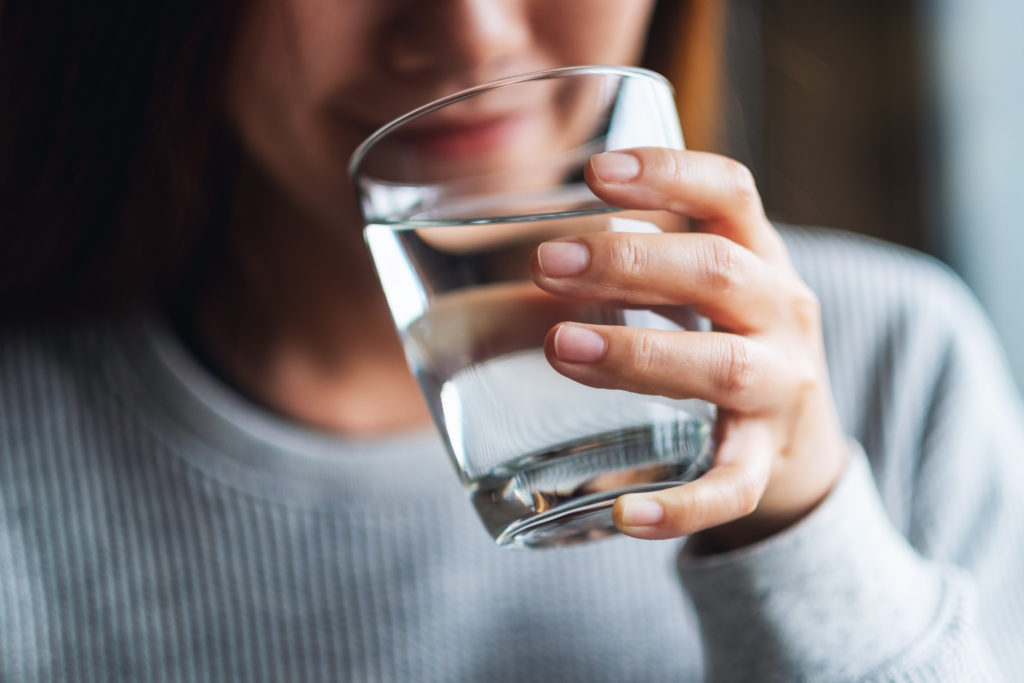
Drink water and stay hydrated
Let’s now go through how to help your body recover. First, don’t exercise or do light exercise if you absolutely must within the next 24-48 hours. Your body needs to have some good rest without heavy physical or mental activity immediately after a good massage. Have a relaxing time at home with a good show or movie and a good night of sleep.
Our next tip to help with your fatigue after a massage is about hydration. Our body is about 60% water, and our muscles are about 80% water. So it’s important to remember that drinking water, just like when you’re sick, will help your body recover. Water helps transport nutrients throughout your body, as well as regulate your body temperature and pH balance. Being dehydrated will cause you to feel even more fatigued, so you should listen to your body and drink some water.
To go with drinking plenty of water, we recommend you to have a balanced, nutritious meal or snack afterwards. This will supply your body with the nutrients it needs to help recover from your massage. This is made more important by the fact our body is using more energy than usual to recoup and get back to normal.
Understanding Muscle Soreness
Something that goes with fatigue after a massage is soreness. Muscle soreness, technically referred to as delayed onset muscle soreness (DOMS), happens because of the breakdown and repair of muscle fibres. This breakdown, as discussed earlier, will make your body use up energy to send nutrients and repair the muscle fibres. Blood will accumulate in the area of muscle breakdown and cause inflammation, where your muscle will swell from excess blood.
After your massage session, your muscles will feel like they did exercise. This is because your muscles will have expanded and contracted much like how they would have been with you controlling them.
What Massages Are Most Likely To Cause You Fatigue
Deep Tissue Massage
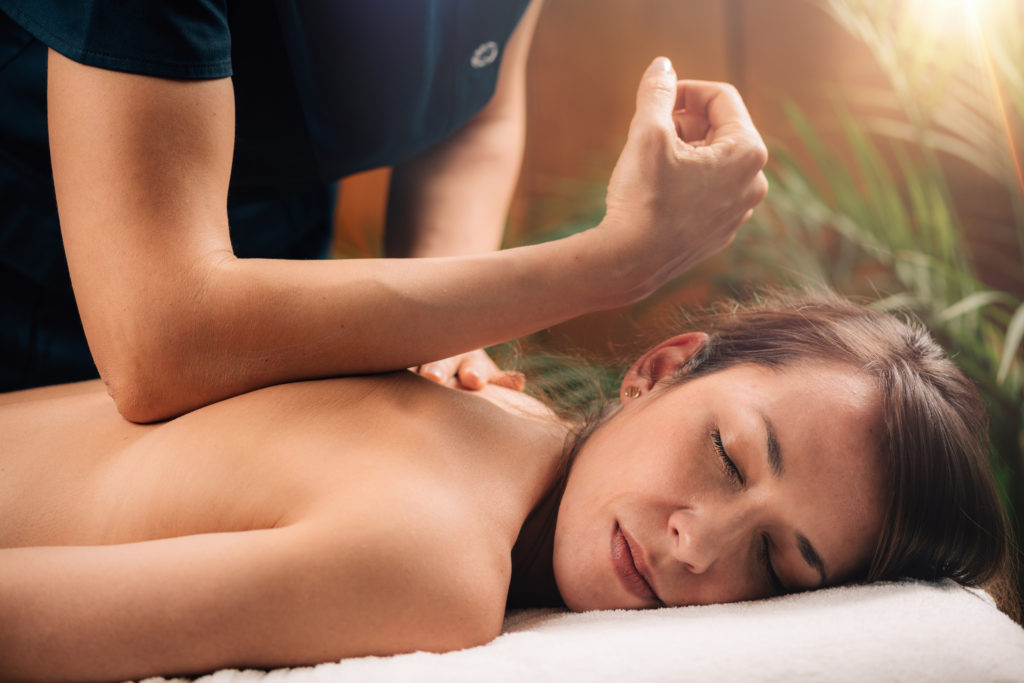
Elbows and forearms can apply heavy pressure
The most likely to give you fatigue after a massage, a deep tissue massage uses a heavy amount of pressure. Your massage therapist will make use of the hard and bony parts of their body, such as elbows and forearms, to apply the pressure needed.
The purpose of this is to reach deeper layers of your muscle tissue as the name would suggest. Because of this, a larger amount of muscle gets stimulated in a heavier amount, meaning your body will need more energy to recover from it.
You will feel some muscle pain and soreness during and after this massage because of the heavy pressure that the massage therapist will use. But because of its increased effectiveness, deep tissue massages are great for relieving pain after recovery and for breaking up scar tissue.
Swedish Massage
This massage has had a long and interesting history. Originally part of the ‘Swedish Movement System’, the Swedish massage was part of a system for Swedish gymnasts to relieve sore muscles and increase flexibility. It was then popularised after two Swedish brothers brought it over to the United States in the 1850s.
It has now become the most common type of massage therapy available worldwide. Swedish massages are very versatile and are a great introduction to therapeutic massage for people new to it. This massage uses light to medium pressure, with a variety of techniques such as long strokes, circular motions and kneading. The main focus of Swedish massage is to relax muscles, relieve minor injuries, and calm the mood.
Trigger Point Massage
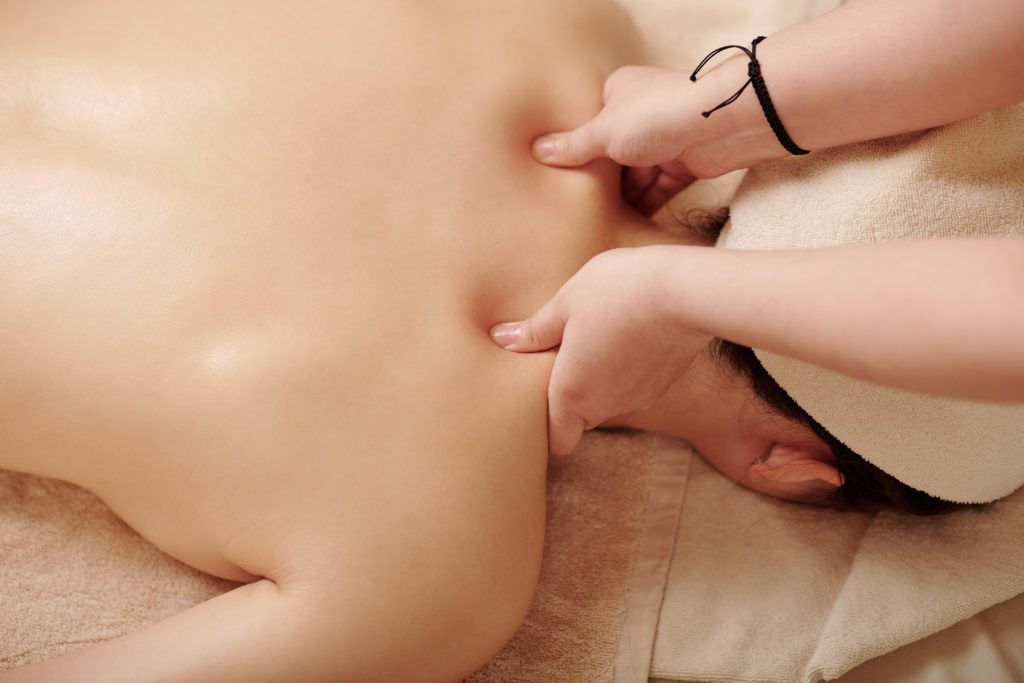
Constant pressure gets applied to parts of the body that trigger pain and tightness
This massage focuses on addressing a specific area of the body which has tight bands in muscle fibres that cause soreness, restricted movement or refer pain. Referred pain is when pain is felt in an area away from the place of origin. An example of this would be elbow pain that originates from your shoulder joint.
There are two main techniques used for trigger point massages; manual therapy and dry needling. When a massage therapist uses manual therapy, they apply sustained pressure to parts of your body with their fingers, thumbs, or elbows. Depending on the area of your body, they may also use strokes and kneading seen in other types of massage.
The other method is dry needling. This is where acupuncture needlesget inserted into muscle tissue. This is in contrast to acupuncture, which targets the nervous system. The majority of dry needling gets used in combination with other massage techniques or types.
Don’t Worry About Getting Fatigue After Massage
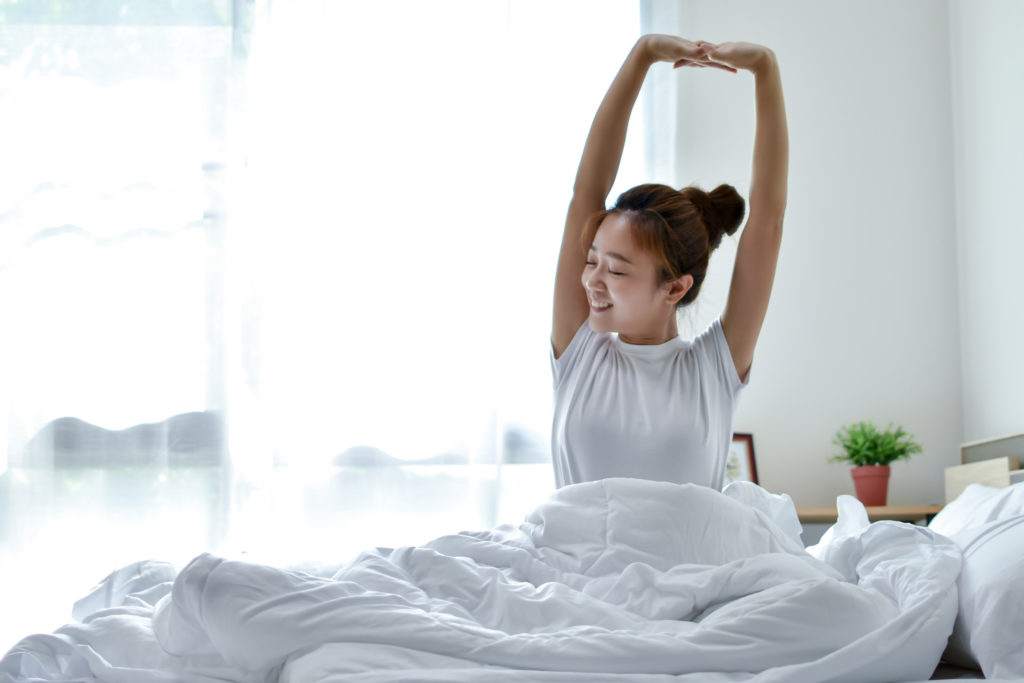
Regular massages will leave you feeling refreshed afterwards
Getting therapeutic massages are a great long-term alternative to medication for pain relief. Feeling fatigue after a massage is nothing to be afraid of, and is a normal part of the experience. Get a massage anytime you like with a massage chair from OSIM UK today that will leave you feeling soothed and relaxed.

